Thigh Liposuction: How Does It Perform? + [Recovery]
Body Plastic Surgery![Thigh Liposuction: How Does It Perform? + [Recovery] Thigh Liposuction](https://hws.raadinahealth.com/images/user_upload/blog/thigh-liposuction/closeup-shot-female-thigh_1712141911_medium.webp)
Are you seeking a definitive shape for your thighs that gym sessions can't seem to grant? This article unveils the world of Thigh Liposuction, a cosmetic procedure designed to sculpt and redefine your lower body contours. Dive into expert insights, cutting-edge techniques, and transformative success stories that promise aesthetic enhancement and boost confidence and lifestyle.
Join us on this enlightening journey at Raadina's health blog, where your ideal silhouette awaits discovery.

What Is Thigh Liposuction?
Thigh liposuction is a cosmetic procedure designed to sculpt the thighs by removing unwanted fat as well as enhancing their shape and contour. This aesthetic surgery aims to achieve a more harmonious leg silhouette, especially for those areas resistant to diet and exercise.
Thigh liposuction involves strategically removing fat from the thigh area, employing various techniques to ensure minimal discomfort and optimal results. The procedure reduces fat and can improve the overall proportion and appearance of the legs, contributing to a more balanced body profile.
Who Is an Ideal Candidate for Thigh Liposuction?
When considering thigh liposuction, it's crucial to understand whether you're a suitable candidate for this cosmetic procedure. The ideal candidates typically share characteristics that make them good candidates for the surgery and contribute to the overall success and satisfaction with the outcomes.
- Stable Body Weight: Ideal candidates are those who have maintained a stable weight for a significant period. Significant weight fluctuations post-surgery can affect the longevity and results of the liposuction.
- Skin Elasticity: Good skin elasticity allows the skin to contract smoothly over the new, reshaped contours after removing fat, contributing to a more natural and aesthetically pleasing result.
- Realistic Expectations: Understanding the capabilities and limitations of thigh liposuction is essential. It's a body contouring procedure, not a weight-loss solution, and works best for removing localized fat deposits.
Step-by-Step Thigh Liposuction Process
Embarking on the journey of thigh liposuction involves a series of carefully planned steps, each pivotal to the procedure's success. From the initial consultation to the recovery phase, understanding each step demystifies the process and sets clear expectations.
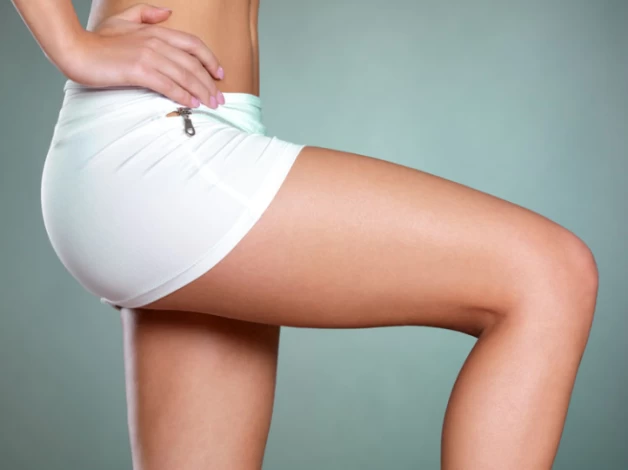
Step 1: Consultation and Planning
The first step in the thigh liposuction journey begins with a comprehensive consultation with your surgeon. This crucial meeting sets the stage for a tailored treatment plan, addressing individual concerns and desired outcomes. It's a time to discuss your aesthetic goals, review your medical history, and establish the best approach for your body contouring needs.
Step 2: Anesthesia Choices
Anesthesia options may vary depending on the extent of the liposuction surgery. Local anesthesia, often combined with sedation, is typically used for smaller areas, ensuring comfort throughout the procedure. For more extensive fat removal, general anesthesia may be recommended, providing a pain-free experience while the surgeon sculpts and contours the thighs.
Step 3: The Liposuction Technique
Advancements in liposuction surgery have led to various techniques tailored to achieve optimal fat removal and body sculpting. Techniques such as Tumescent, Ultrasound-Assisted (UAL), or Laser-Assisted Liposuction (LAL) may be employed. The surgeon determines the choice of technique based on your specific body type, the amount of fat to be removed, and the desired contours.
Step 4: Fat Removal and Contouring
The core of the thigh liposuction process involves strategically removing fat and reshaping the thigh area. The surgeon meticulously removes excess fat using a cannula, ensuring smooth contours and symmetry. This step is crucial in achieving a harmonious balance with the rest of the body, enhancing the overall aesthetic appeal.
Step 5: Recovery and Aftercare
Post-operative care is paramount to a smooth recovery and achieving the best results. Immediately following the surgery, patients may experience swelling and bruising, gradually subsiding. Adherence to the surgeon's aftercare instructions, including wearing compression garments and attending follow-up appointments, ensures optimal healing and the longevity of the thigh liposuction results.
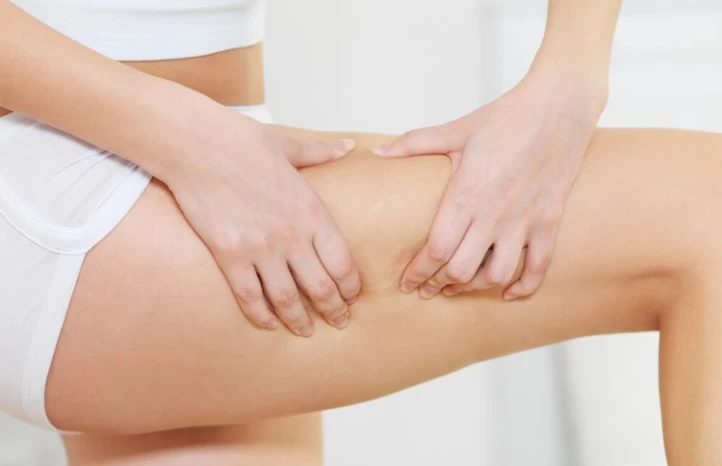
What Techniques Are Used in Thigh Liposuction?
Thigh liposuction has evolved significantly, offering a variety of advanced techniques that cater to each individual's unique needs. These state-of-the-art methods enhance the effectiveness of fat removal, minimize recovery time, and improve overall results.
Tumescent Liposuction
Tumescent liposuction is a groundbreaking technique where a large volume of a diluted solution containing a local anesthetic and a vasoconstrictor is infused into the fatty tissue. This method swells the fat, making removing it easier and significantly reducing blood loss. It's a popular choice for thigh liposuction due to its precision and reduced post-operative bruising and swelling.
Ultrasound-Assisted Liposuction (UAL)
UAL utilizes ultrasonic vibrations to liquefy fat cells before removal. This technique is particularly effective for fibrous areas and allows for more detailed body contouring. The ultrasound energy promotes skin contraction, which can be beneficial in achieving a smoother, more toned thigh appearance post-liposuction surgery.
Laser-assisted liposuction (LAL)
LAL uses laser energy to target and liquefy fat cells, making suctioning them easier. This technique not only aids in efficient fat removal but also stimulates collagen production, contributing to skin tightening post-procedure. LAL is renowned for its precision and reduced recovery time, making it a favored option for thigh liposuction.
Power-Assisted Liposuction (PAL)
PAL employs a specialized cannula with a mechanized system that moves back and forth, allowing the surgeon to dislodge fat more effectively. This technique offers enhanced control and efficiency, particularly in areas with dense fat. PAL is known for its ability to streamline the liposuction surgery process and achieve more uniform results.
Thigh Liposuction Recovery Phase
The liposuction recovery period is critical to the surgery, determining the overall success and satisfaction. Understanding what to expect and how to manage this phase is key to a smooth and effective recovery.
Immediate Post-Op Care
Immediately following the procedure, patients will experience swelling, bruising, and discomfort in the treated areas. It's essential to follow the surgeon's specific aftercare instructions, which may include wearing compression garments after lipo to reduce swelling and support the healing tissues. Adhering to these guidelines facilitates a faster recovery and optimal shaping of the thighs.
Managing Pain and Discomfort
Post-operative pain and discomfort are normal and can be managed with prescribed pain medication. Balancing rest with gentle movements, such as short walks, promotes circulation and prevents blood clots. Keeping the treated areas elevated when possible can also help reduce swelling and enhance comfort during recovery.
Long-Term Care for Optimal Results
Maintaining the aesthetic results of Thigh Liposuction requires a dedicated approach to long-term care. Achieving and preserving the contoured silhouette involves more than just the initial procedure; it is a commitment to a healthy lifestyle and routine maintenance.
What to Do After Thigh Liposuction for a Better Result?
Adhering to a balanced lifestyle after liposuction surgery is the key to maintaining your new thigh contour. While liposuction effectively removes fat cells from the targeted area, the remaining cells can expand if weight gain occurs.
Engaging in regular physical activity and adhering to a nutritious diet is crucial to preserve the sculpted appearance. Strength training exercises can enhance muscle tone in the thighs, complementing the liposuction results.
A balanced diet and regular exercise are pivotal in maintaining the results of thigh liposuction. A diet rich in fruits, vegetables, lean proteins, and whole grains supports overall health and aids in weight management. Regular cardiovascular exercises like walking, cycling, or swimming help burn calories and maintain a stable weight. Specific thigh-toning exercises can also help keep the area firm and aesthetically pleasing.
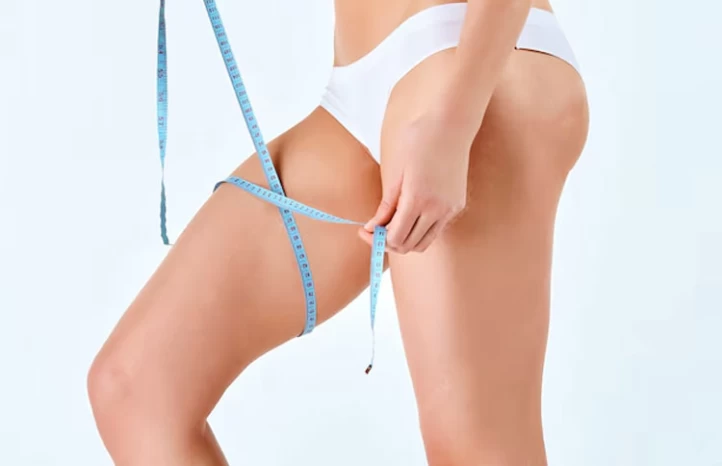
Conclusion
Through this comprehensive exploration of Thigh Liposuction, we've navigated the intricate details of this cosmetic procedure, from preparatory steps to advanced techniques and post-procedure care. The transformative power of liposuction extends beyond physical aesthetics, fostering improved self-esteem and well-being.
For those contemplating this life-enhancing decision, remember the importance of choosing a skilled surgeon and maintaining realistic expectations. Explore further insights and patient stories on Raadina's health blog and take the next step towards embracing a more confident and comfortable you.
FAQs About Thigh Liposuction
What are the benefits of thigh liposuction?
Thigh liposuction can significantly enhance body contours by removing stubborn fat, improving the shape and proportion of your thighs. This procedure may also contribute to a smoother skin surface, although it's important to have realistic expectations about cellulite reduction.
How permanent are thigh liposuction results?
Results from thigh liposuction are long-lasting, as the removed fat cells do not regenerate. Maintaining a stable weight through a healthy lifestyle is crucial to preserving these outcomes.
What is the cost range for thigh liposuction?
The cost of thigh liposuction varies, typically from $5,000 to $8,000 per area. Factors influencing the price include the surgeon's expertise, the extent of the procedure, and geographic location.
Can thigh liposuction create a thigh gap?
Thigh liposuction can help achieve a thigh gap by targeting and removing fat from the inner thighs, enhancing the space between them. However, individual anatomy and realistic expectations should be considered.
Is thigh liposuction painful?
While thigh liposuction involves discomfort and swelling, advanced techniques and proper aftercare can minimize pain. Most patients can resume light activities within a couple of days post-procedure.
Will I have loose skin after thigh liposuction?
Thigh liposuction typically does not cause sagging skin. Good skin elasticity can improve post-procedure contours. Patients with significant skin laxity might consider a thigh lift for optimal results.
How does thigh liposuction compare to a thigh lift?
Thigh liposuction is ideal for removing fat and contouring the legs, while a thigh lift addresses sagging skin. Your surgeon can recommend the best option based on your cosmetic goals and skin condition.
What is the recovery period like after thigh liposuction?
Recovery varies, but most patients experience mild soreness and can return to normal activities within a few days, wearing a compression garment to aid healing.
Why might my thighs appear larger after liposuction?
Initial swelling and fluid retention post-liposuction can temporarily make the thighs look larger. These effects typically subside, revealing slimmer contours as the body heals.
What are the best methods to slim down thighs?
Liposuction is a highly effective method for slimming thighs by targeting and removing excess fat. Other techniques, like diet and exercise, can complement liposuction results for overall leg slimming.
 WhatsApp
WhatsApp
 Telegram
Telegram
 Facebook
Facebook
 Email
Email


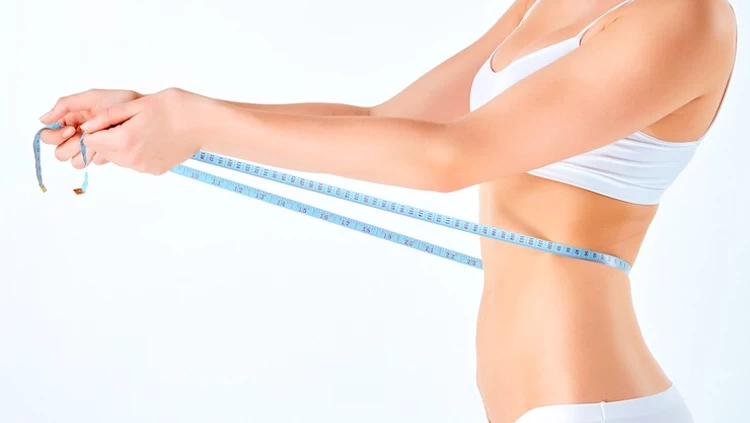

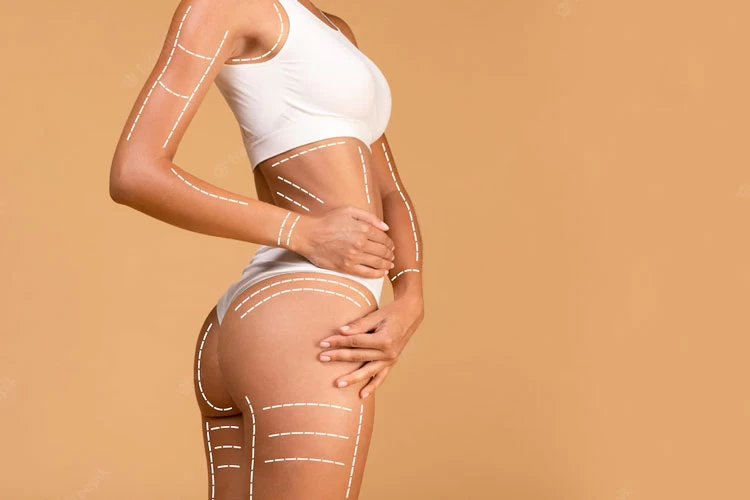
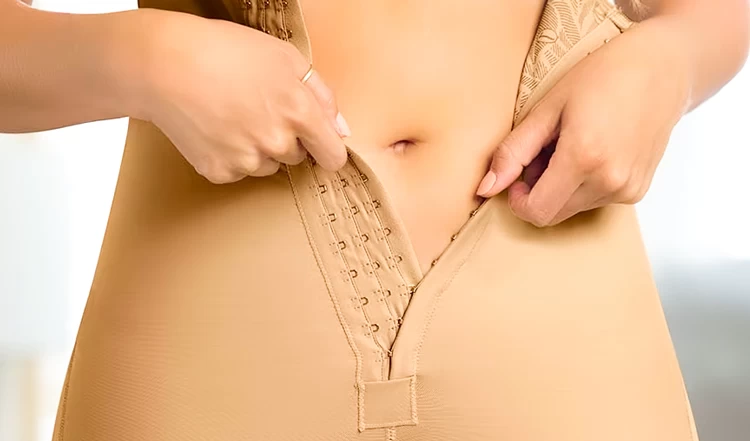



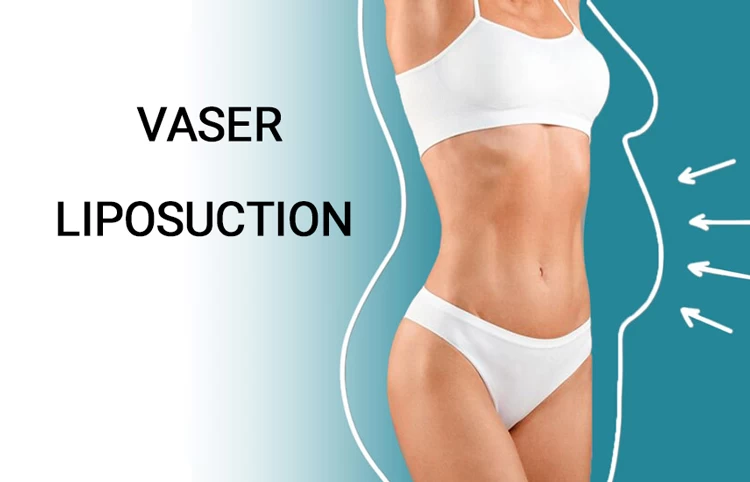

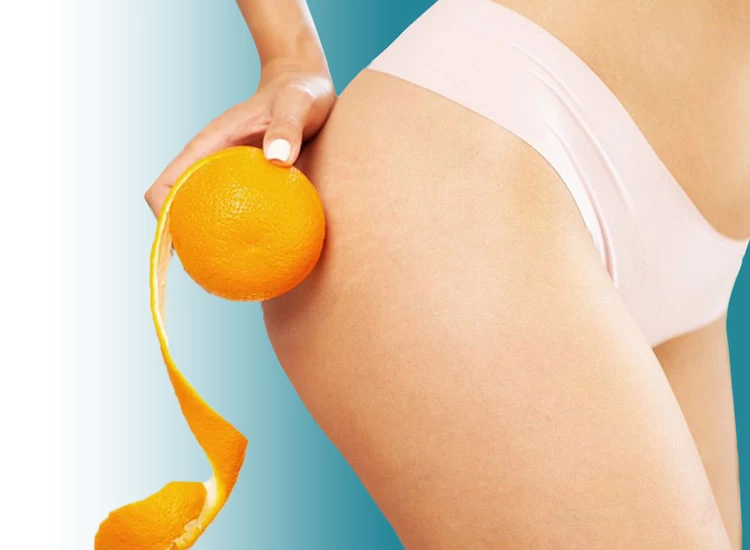
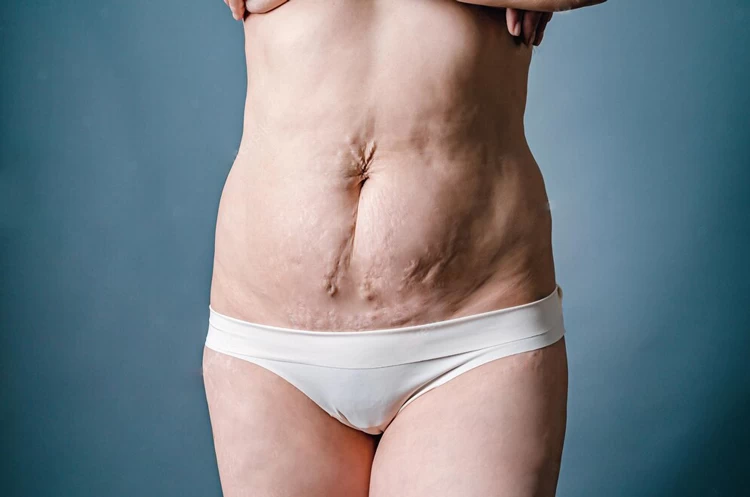

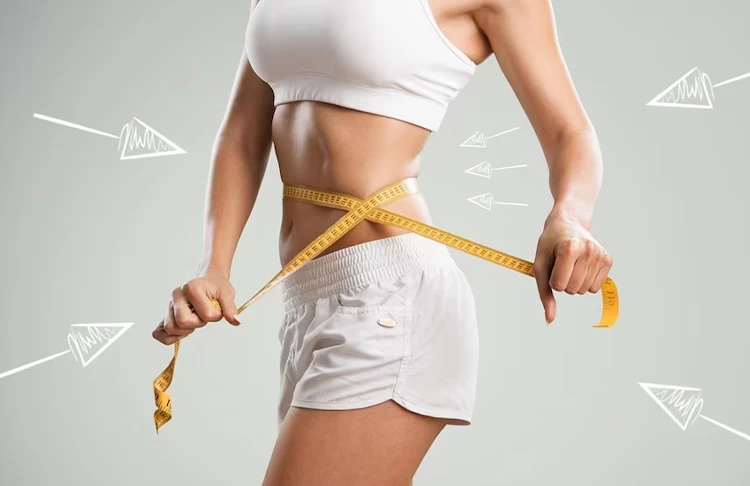
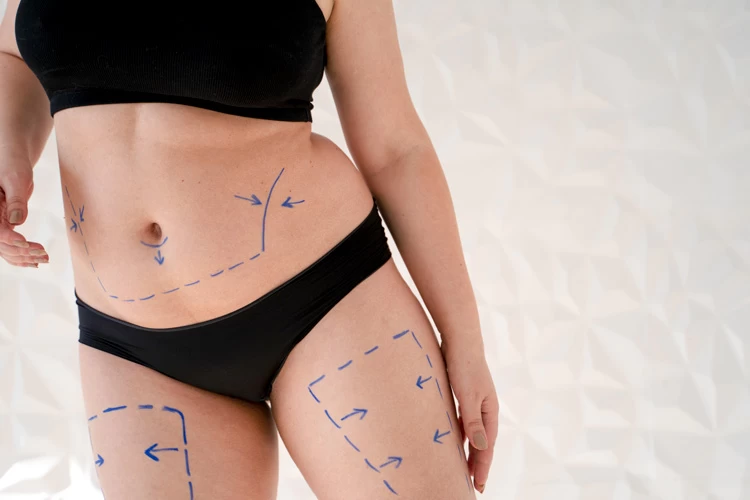
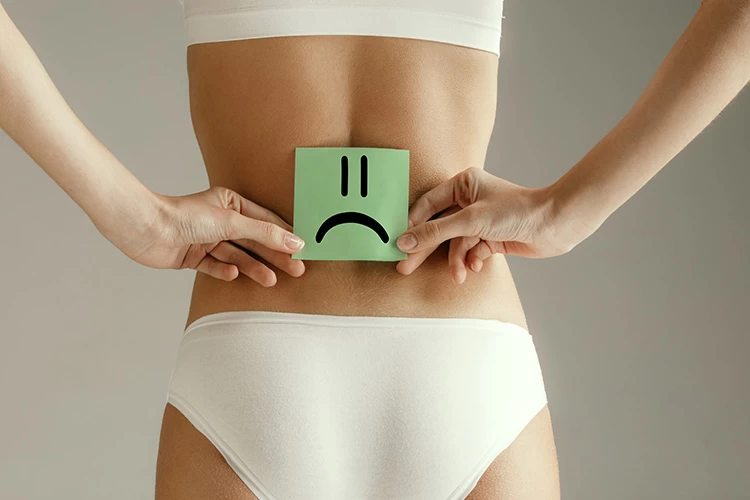

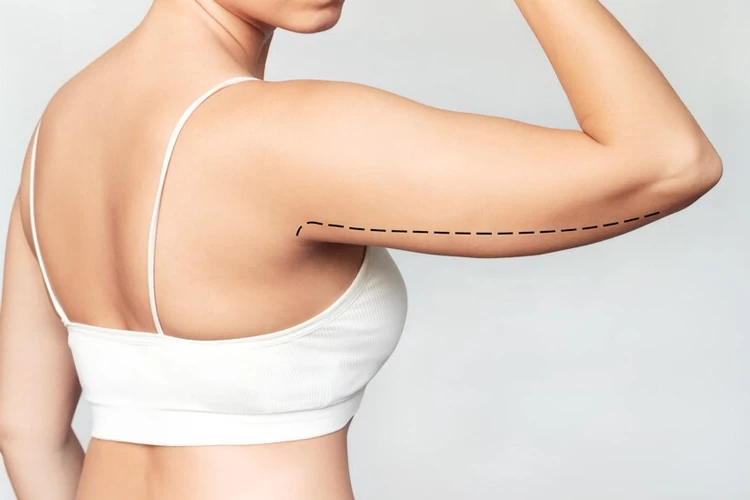

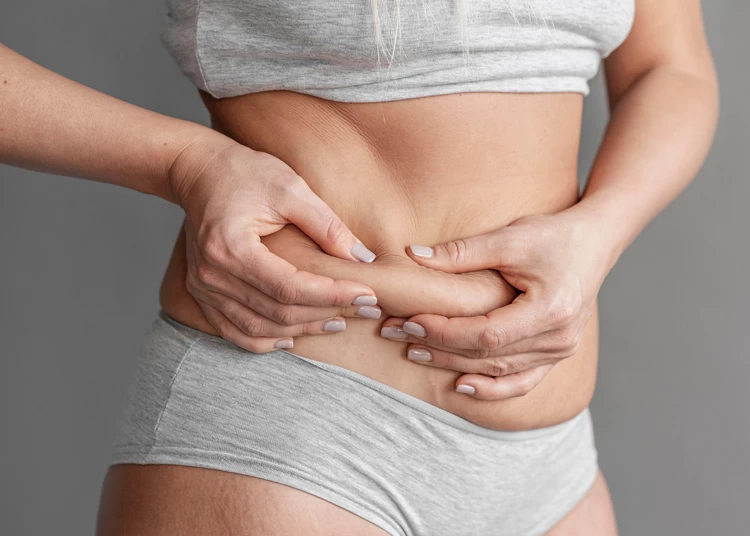
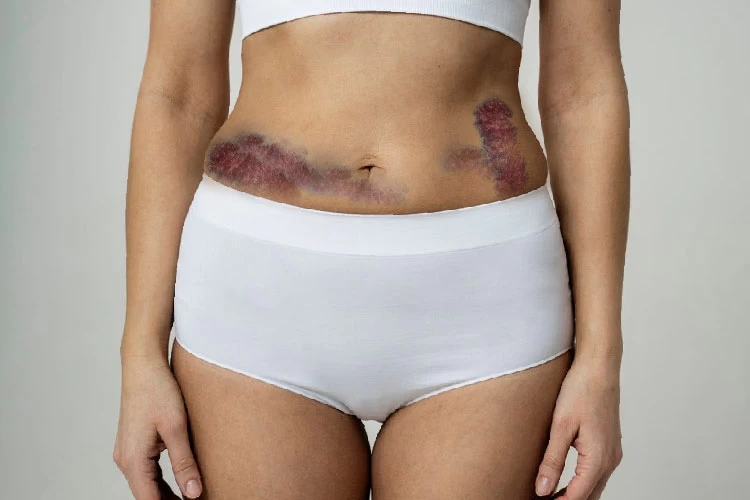
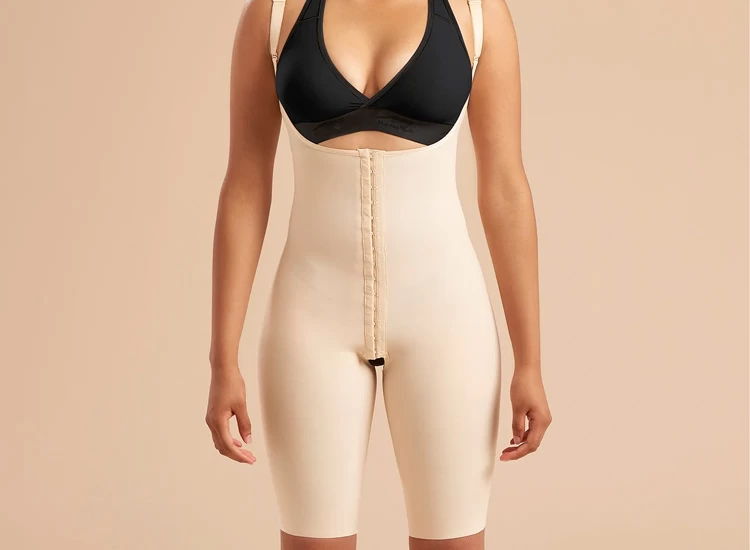

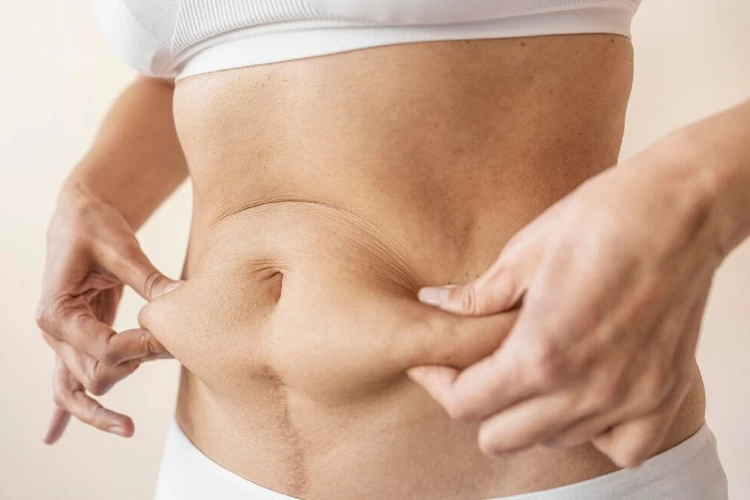

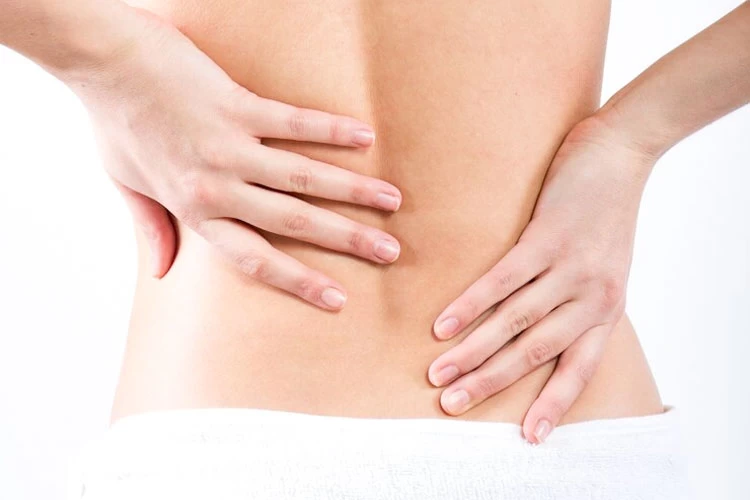
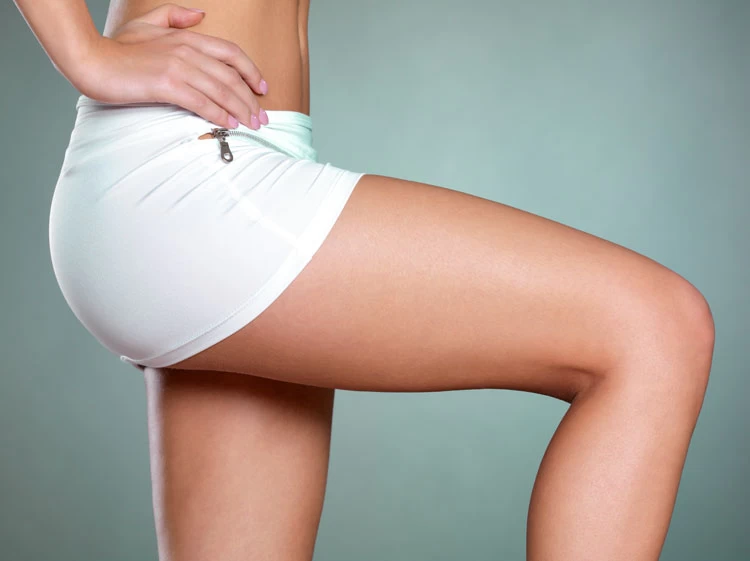
No reviews
Your comment